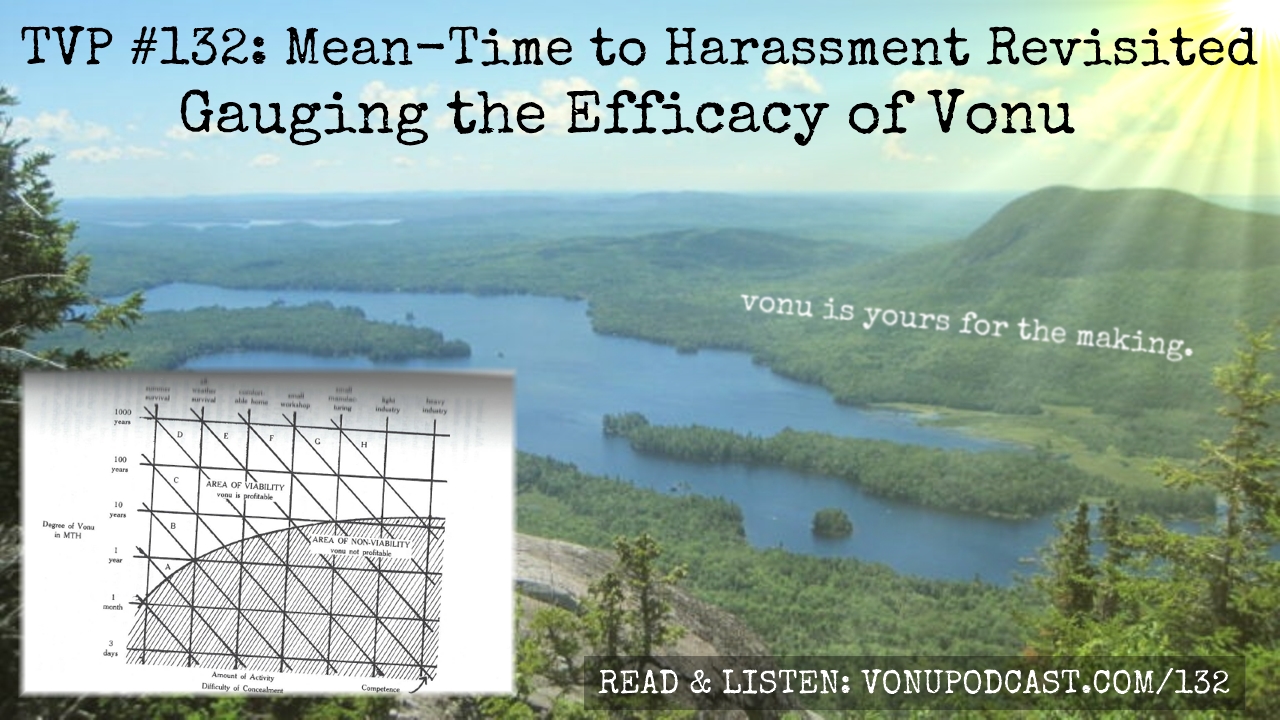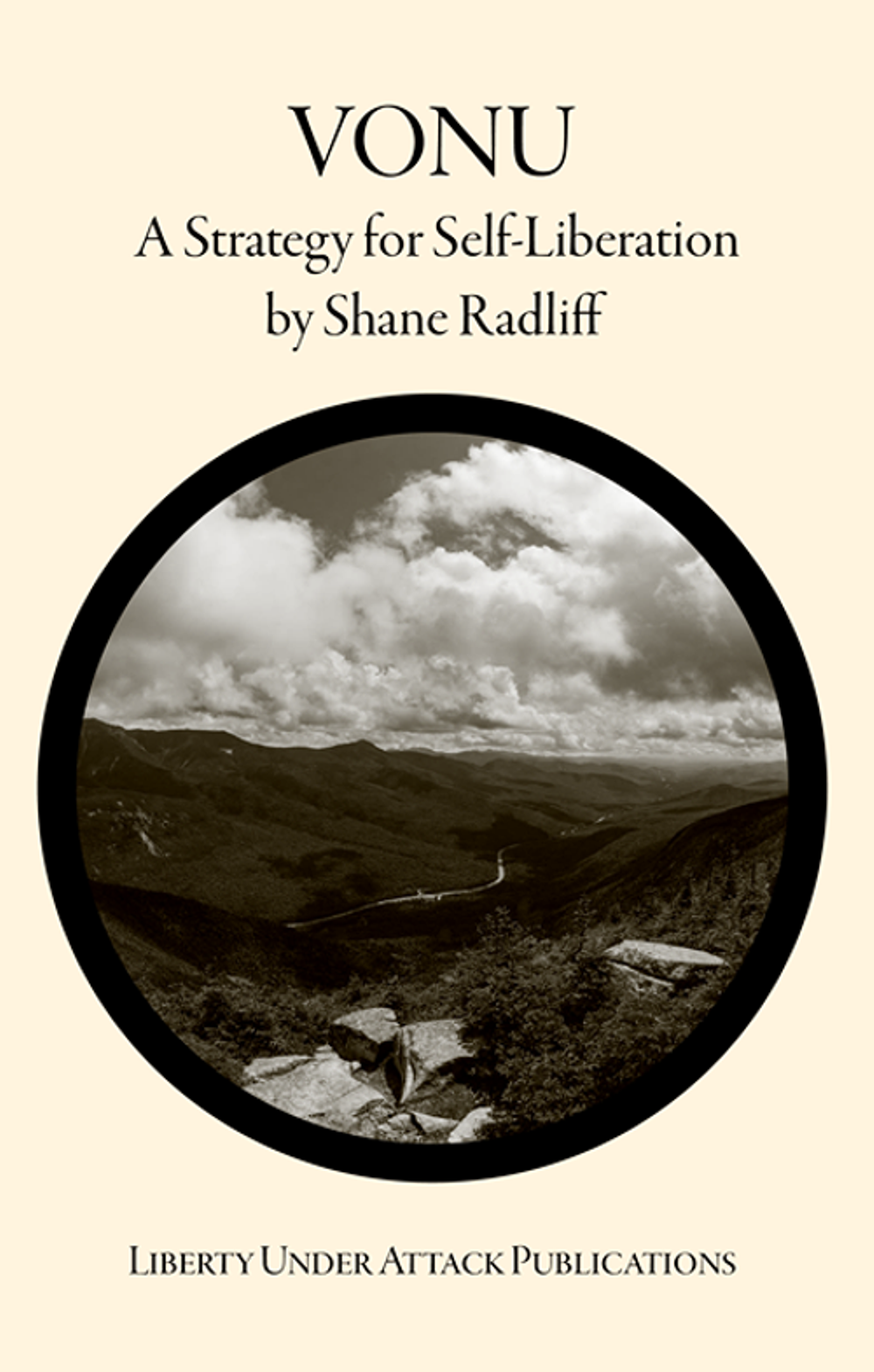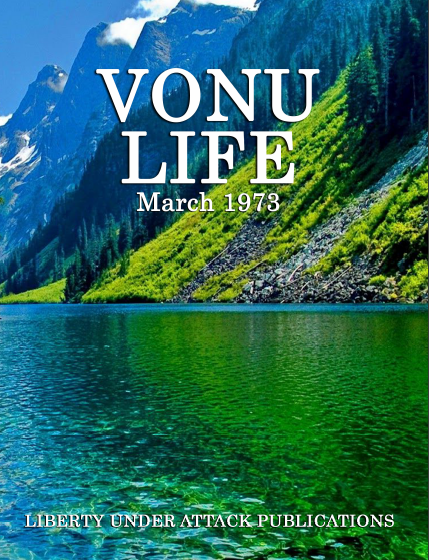Podcast: Play in new window | Download
Subscribe: Apple Podcasts | Android | Email | Google Podcasts | Stitcher | TuneIn | Spotify | RSS
On this episode of The Vonu Podcast, we revisit the concept of mean-time to harassment, Rayo’s proposed metric for gauging the efficacy of a given vonu lifestyle/activity level.
Put another way, it’s a measure of the time between interactions with coercers.
This reexamination will also feature Kyle Rearden’s article published in February 2017, sharing a similar title as this podcast. Please enjoy — cheers to a liberated 2022!

Know thyself. Know thy adversary. Adopt and adapt their strategies – not to dominate them, but to keep yourself free. Do everything possible to postpone any sweeping countermoves your adversary may attempt and keep on buying time – perhaps enough time for them to start killing each other off. And, why not? They’ve been using that particular tactic on us for millennia.”
– The Anti-Terrorist
The accompanying chart was published by Rayo in 1973 so as to illustrate what he thought was a way to measure the efficacy of vonu itself. He wrote:
“Occasionally, especially when some project isn’t going too well, I ask myself: Can G and I achieve enough vonu for vonu to be attractive on more than an experimental basis? Or have we reached a point of diminishing returns beyond which a vast effort will yield only a small improvement? To conceptualize this better I made the following graph. The vertical axis represents vonu expressed in terms of mean time to harassment (MTH). Each vertical unit is approximately a ten-times increase in MTH. The horizontal axis represents amount of activity; also difficulty of concealment.”
Mean time to harassment, then, can be defined as the strength of vonu, which is expressed in years. The difficulty in concealing a vonuum (the place or situation of an invulnerability to coercion) is equivalent to the amount of activity occurring within said vonu shelters, regardless of what type it is, such as the following:
- Summer survival
- All weather survival
- Comfortable home
- Small workshop or laboratory
- Small manufacturing
- Light industry
- Heavy industry
Obviously, the larger a vonuum becomes, the less mobile it is, proportionally speaking; however, greater competency in vonumy (the art of achieving an invulnerability to coercion) necessarily requires, I believe, a nearly genius potpourri/smorgasbord/casserole of concealment, deception, deterrence, and even defense – think “secluded castle.” Regarding competency, Rayo said:
“The diagonal lines represent levels of capability one order-of-magnitude (10x) apart. Six years ago [in 1967], when I was becoming seriously interested in vonu but had little experience, my competence was roughly represented by line A. Three years ago, after experience with living in a van, competence had increased to line B. Today our competence level is approximated by C. Thus, at present, we can choose among the following: a small tent, adequate for summer only, in a remote place with 100 years MTH; a larger tent and more equipment and supplies in a place with year-round access and a 10 year MTH (the larger tent is also more visible).”
In other words, by becoming vonuer (having comparatively more invulnerability to coercion), the more activity can occur without lowering one’s MTH. Rayo further explained that:
“Within the shaded area vonu is not likely worthwhile – i.e. total costs of being vonu will usually exceed the total benefits. The boundary between the viable and non-viable situations slopes downwards to the left, at least under present conditions. This is because (1) the lower levels of activity require much less equipment and thus a higher probability of confiscation is acceptable; (2) the lower levels of activity are less suspicious and thus unlikely to lead to serious loss even if discovered.”
This is rather significant, for it gauges the profitable viability of vonuence (the process of achieving an invulnerability to coercion). For example, Rayo’s chart would indicate the minimum profitable viability of concealing a vonuum relative to one’s competency at vonumy, which is expressed in MTH as such:
- 1 year MTH: A-level summer survival & B-level all weather survival
- 10 year MTH: C-level all weather survival, D-level comfortable home, E-level small workshop/laboratory, & F-level small manufacturing
- 100 year MTH: G-level small manufacturing & H-level light industry
So, what has been the actual reality of becoming vonuer? Rayo says:
“With our present capability (line C) we really aren’t able to enjoy a comfortable home the year around and be vonu…[s]o long as we have C-level capability we can trade off between increasing vonu and increasing activity. But increasing both requires more capability. C-level vonu is attractive (except in a disaster survival situation) only to experimenters in vonu (‘pioneers’) who are interested in vonu for its own sake…our present capability at vonu has limited usefulness. Most people prefer a comfortable home that is relatively non-vonu to ‘spartan survival’ with relative vonu…[a] minimum level of D-level capability is necessary for vonu to be attractive to many people other than experimenters. E-level is probably minimum for development of much of an ‘alternative economy’ worthy of the name.”
His results and observations are quite illuminating, to say the least. A-level, B-level, and even C-level vonuence are little different from wilderness survival or bugging out, from what I can tell. D-level is approximately vandwelling (“van-nomadism”) and E-level is essentially that of the tiny house aficionados; F-level small manufacturing could very well be akin to my fictional character Rebecca’s “hidden bed-chamber” within the nondescript garage located amongst the rest of that industrial park in my agorist anecdote. Rayo continues:
“My present expectations are that G and I can progress to level D primarily by refining present techniques – living mostly above ground and importing most supplies. Progressing beyond D will probably require fully underground shelters and ‘new’ access techniques…during the past six years we’ve made plenty of mistakes which slowed us down; there was no one (we knew of) to teach us so there was much trial and error. Today we could probably guide an inexperienced but highly motivated person (what I was six years ago) to our present level in a year or less.”
As can be expected, import-export with the servile society becomes more important as competency is developed. I guess the real trick at that point would be how to conduct such import-export despite the travel regulations imposed upon a vonuan (one who has an invulnerability to coercion) by the State. Personally, I think it’s actually conceivable that Rayo might still be alive himself not only given his expected age, but also due to MTH; if indeed, he managed to increase his competency sufficiently, then I’d imagine he’s squared away right now wherever he is being rather productive by being vonuer than I am currently.
Ultimately, though, is MTH a reliable gauge of vonu? I think it provides a way to conceptualize vonuence itself, quite frankly, for as Rayo observed:
“Vonuists disagree about whether one should first seek greater activity or greater MTH. Some believe that the neophyte should first try to build a large and profitable but non-vonu (conventional) business, then attempt to vonu it. Evidence is inconclusive but I believe the opposite approach is much more promising: become vonu at a relatively low level of activity, then attempt to increase activity while maintaining or increasing vonu. Points: The more people involved and the more interactions with that society, the more difficult any change of life-style. A non-vonu enterprise is apt to have little in common with a vonu enterprise; experience gained during the former will probably not be particularly helpful when doing the latter.”
Not to be underscored was my realization that implementing good security culture after the fact is much more difficult than doing so beforehand. Simply put, exercising one’s right to privacy from the beginning is rather indicative of greater success than trying to do so unsuccessfully after having given it up. Finally, I do consider MTH as a decent rule of thumb, if nothing else, by which to gauge the tradeoffs of concealing a vonuum relative to one’s competency at vonumy.
[DOWNLOAD FOR FREE!]





